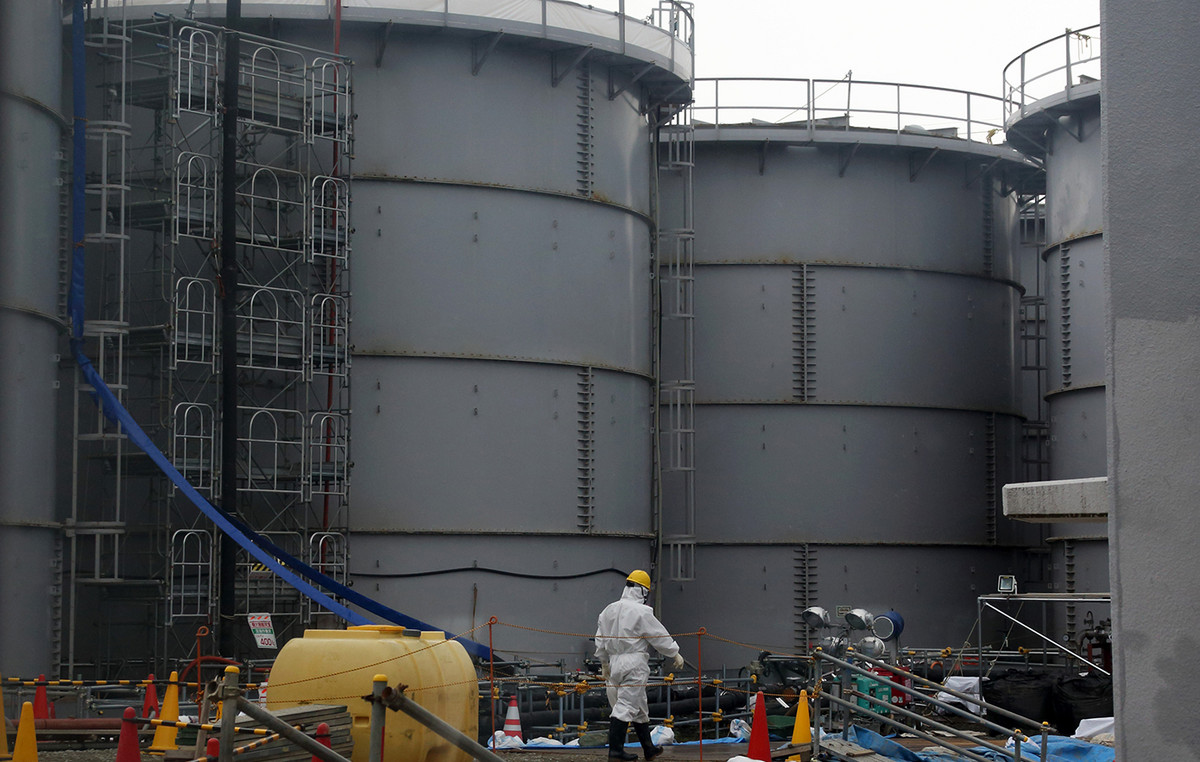- WTI gained ground near $71.30 in early Asian trading on Wednesday, the highest level since September 2.
- China’s stimulus plan and continued fears over Middle East tensions support WTI prices.
- U.S. crude oil inventories fell by 4.339 million barrels for the week ending Sept. 20, according to the API.
West Texas Intermediate (WTI), the benchmark for US crude oil, is trading around $71.30 on Wednesday. The price of WTI is rising amid positive developments surrounding Chinese stimulus measures and continued geopolitical tensions in the Middle East.
Additional stimulus measures from China have provided some support to the WTI price as China is the world’s largest importer of crude oil. The People’s Bank of China (PBoC) unveiled a comprehensive package of monetary stimulus measures to revive the economy. “The Chinese government’s announcement of its largest stimulus package since the pandemic, combined with the sudden rise in geopolitical tension in the Middle East… has dealt a blow to the bearish sentiment that dominated oil markets over the past three weeks,” said Claudio Galimberti, head of global market analysis at Rystad Energy.
Meanwhile, escalating geopolitical tensions in the Middle East are contributing to WTI’s rise as concerns about oil supply disruptions grow. Israel has attacked Hezbollah in Lebanon every day over the past week, from assassinating commanders to destroying missile launchers, according to Bloomberg.
U.S. crude oil inventories fell more than expected last week. According to the American Petroleum Institute (API), U.S. crude oil inventories for the week ending Sept. 20 fell by 4.339 billion barrels, compared with an increase of 1.96 billion barrels in the previous week. The market consensus was for inventories to decline by only 1.1 billion barrels.
Oil traders will take further cues from the EIA’s weekly crude oil inventories report, due later on Wednesday. In addition, Federal Reserve Governor Adriana Kugler is scheduled to speak later in the day.
WTI Oil FAQs
WTI crude oil is a type of crude oil sold on international markets. WTI stands for West Texas Intermediate, one of three main types that include Brent and Dubai crude. WTI is also known as “light” and “sweet” for its relatively low gravity and sulfur content, respectively. It is considered a high-quality oil that is easily refined. It is sourced in the United States and distributed through the Cushing hub, considered “the pipeline crossroads of the world.” It is a benchmark for the oil market and the price of WTI is frequently quoted in the media.
Like all assets, supply and demand are the main factors determining the price of WTI crude oil. As such, global growth can be a driver of increased demand and vice versa in the case of weak global growth. Political instability, wars and sanctions can disrupt supply and impact prices. Decisions by OPEC, a group of large oil producing countries, are another key driver of price. The value of the US Dollar influences the price of WTI crude oil, as oil is primarily traded in US Dollars, so a weaker Dollar can make oil more affordable and vice versa.
The weekly oil inventory reports published by the American Petroleum Institute (API) and the Energy Information Agency (EIA) influence the price of WTI oil. Changes in inventories reflect fluctuations in supply and demand. If the data show a decrease in inventories, it may indicate an increase in demand, which would push up the price of oil. An increase in inventories may reflect an increase in supply, which pushes down prices. The API report is published every Tuesday and the EIA report the following day. Their results are usually similar, with a difference of 1% between them 75% of the time. The EIA data is considered more reliable because it is a government agency.
OPEC (Organization of the Petroleum Exporting Countries) is a group of 13 oil-producing nations that collectively decide on member countries’ production quotas at biennial meetings. Their decisions often influence WTI oil prices. When OPEC decides to reduce quotas, it can restrict supply and drive up oil prices. When OPEC increases production, the opposite effect occurs. OPEC+ is an expanded group that includes ten other non-OPEC countries, most notably Russia.
Source: Fx Street
I am Joshua Winder, a senior-level journalist and editor at World Stock Market. I specialize in covering news related to the stock market and economic trends. With more than 8 years of experience in this field, I have become an expert in financial reporting.







